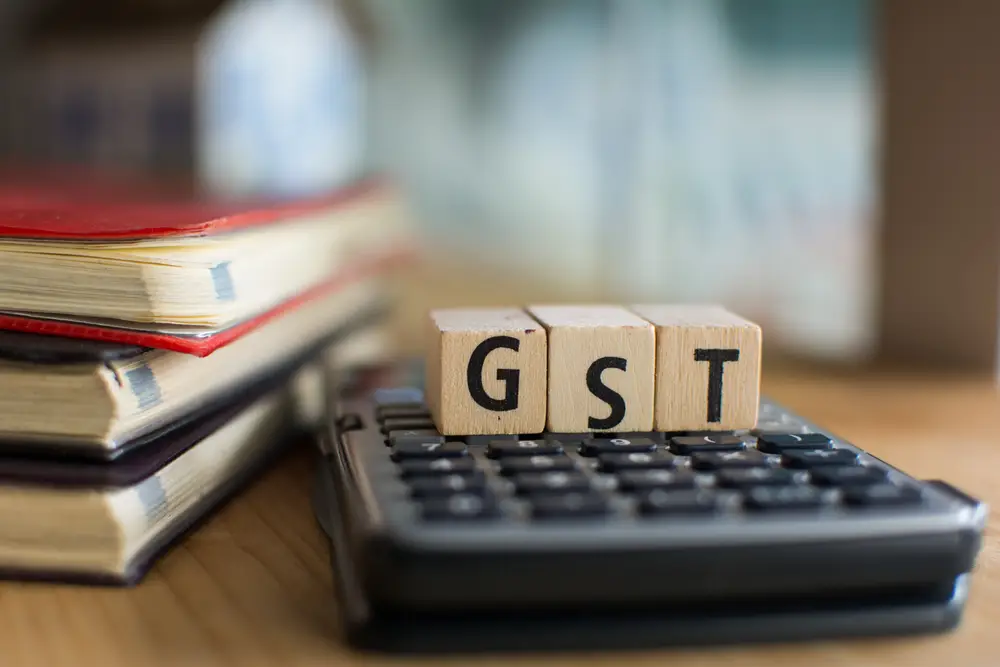Most property developers around Perth understand how the margin scheme can reduce the Goods and Services Tax liability when they sell a property. But the question many tax accountants around Perth is: “Do I pay GST on the sale of my property, and can the GST margin scheme help me lower the GST cost?”
This blog will outline how Perth property developers should use the margin scheme to reduce their GST impact and trips and traps about using the GST scheme.
When do I need to register for GST?
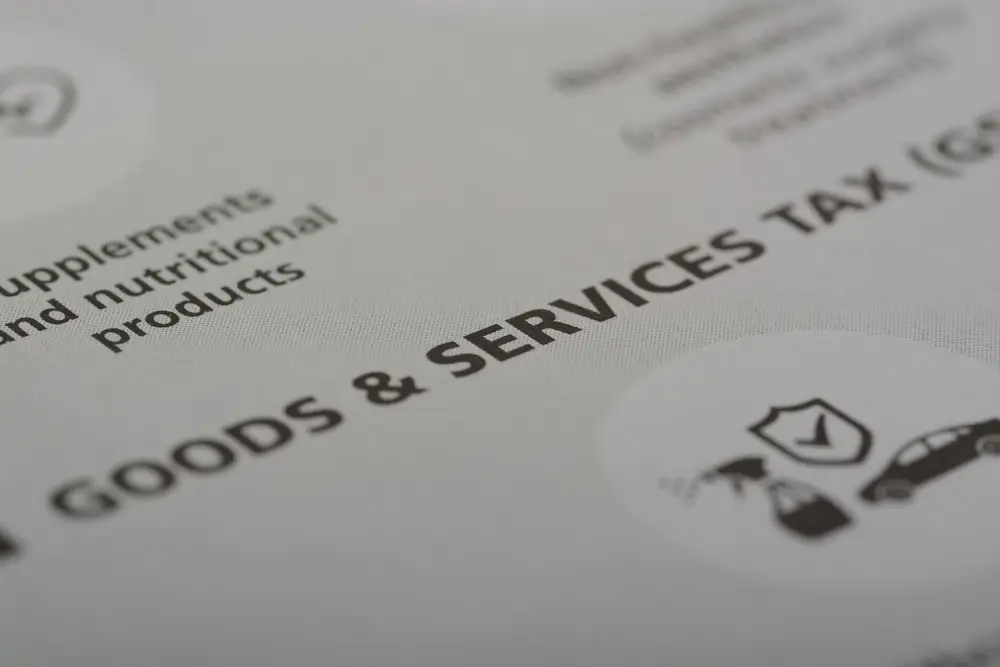
The decision on when to charge GST is essential. Your Perth tax accountant can help you understand how the tax law will make you liable for GST.
Under Section 9-5 of the GST Act, a sale is subject to GST if it meets the following criteria:
(a) It is conducted in exchange for payment.
(b) It occurs as part of, or in support of, a business activity by the entity conducting the sale.
(c) It has a connection to Australia.
(d) It is made by an entity registered for GST or obligated to register.
Further, according to Section 23-5 of the GST Act, you must register for GST if:
(a) You engage in business activities.
(b) Your business’s gross sales reach or exceed the GST registration threshold.
If you are liable for GST, you will also be required to prepare a BAS.
When does GST apply to the sale of property?
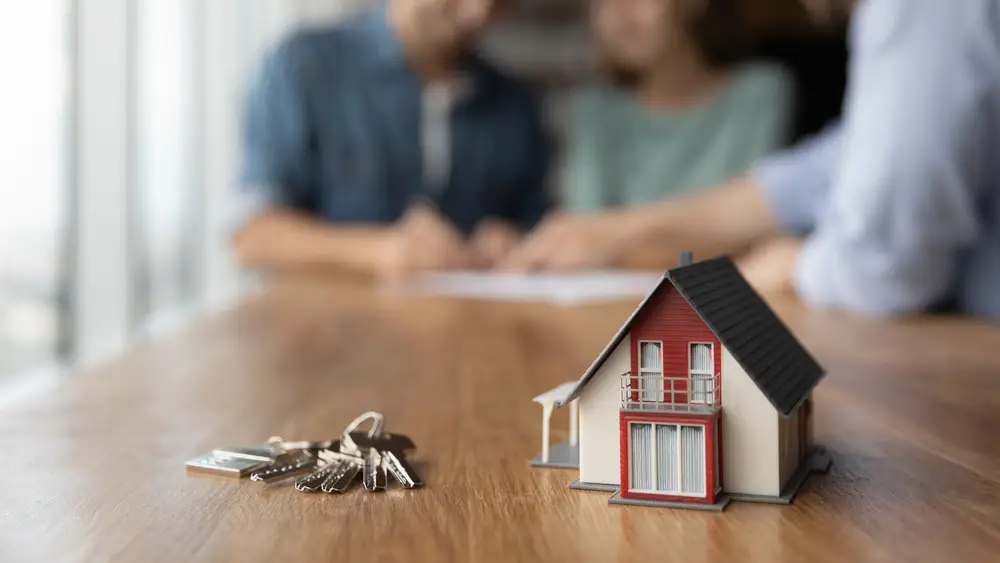
Ordinarily, the sale of the property is an input-taxed sale. This is the case even if you are registered for GST. However, if you are selling new residential premises or vacant land, you might need to pay GST on the sale price.
Tax Legislation and the Australian Taxation Office (ATO) define property types as follows:
Residential Premises: This category includes homes, apartments, and units that are either currently used as residences, intended to be used as such or are suitable for residential use.
Vacant Land: This term describes land that is either undeveloped or has buildings that are no longer standing or are in a state of significant disrepair.
New Residential Premises: These properties have not been sold as residential properties. It includes properties that have undergone major renovations or have been newly constructed. A new residential premises excludes a new home leased as a residence for at least five years.
Of course, the different types of property have many different types of tax implications.
What is the margin scheme, and how does it work?
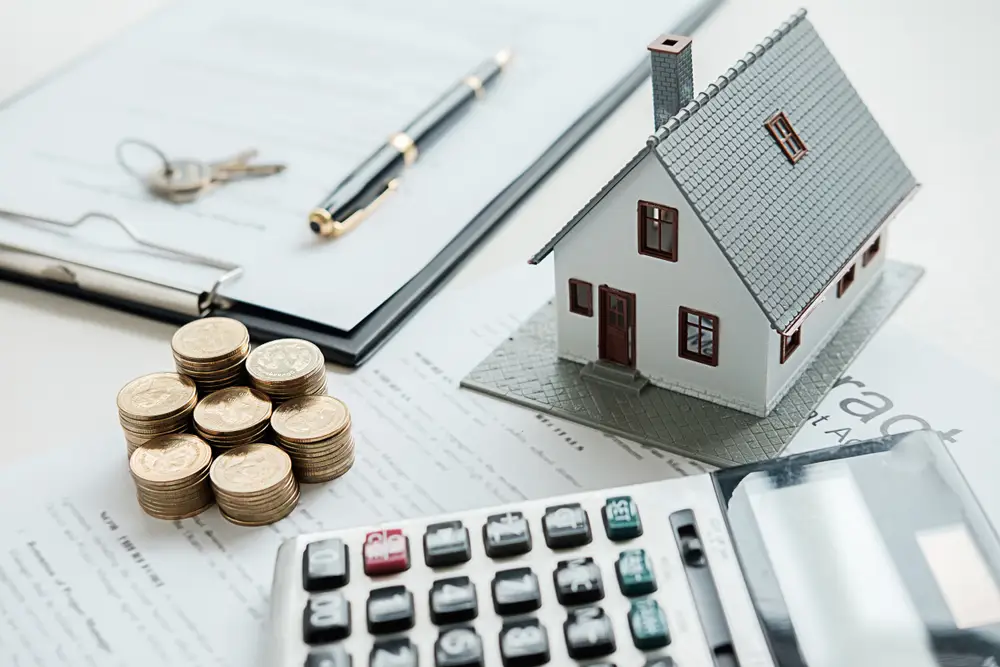
The margin scheme offers a different way to calculate goods and services tax for property sales. It could help lower the GST needed when selling real property. Notably, in this context, the ‘margin’ isn’t the same as ‘profit from sale’ because it doesn’t account for other expenses such as subdivision and construction costs.
Worked Example
Lydia bought a residential property for $830,000 (excluding GST) and renovated it before selling it for $1.6 million (excluding GST). The renovations added a second story to the property and moved the kitchen and living areas to a newly built extension at the back of the house.
The cost of the renovations, including GST, is $440,000.
Without the margin scheme, she would be liable for a 10% GST on the $1.6 million sale price, totalling $160,000.
By opting for the GST margin scheme, Lucy’s GST payment is calculated on the profit margin of $770,000 (the difference between the sale price of $1.6 million and her total investment of $830,000), resulting in a GST of $70,000.
So, the margin scheme has saved Lydia $90k. Lydia can also enjoy a GST input cost of $40,000 for the renovations.
When can you use the Margin Scheme?
The use of the margin scheme depends on how the property was acquired. If the property was purchased using the margin scheme, you can generally sell it.
Importantly, if the property was purchased in Perth or Australia-wide, GST credits cannot be claimed, as the previous owner did not claim GST credits on their purchase.
To determine whether the margin scheme can be applied to your property sale, you should engage with your Perth tax accountant, given the considerable monies involved.
When can’t you use the margin scheme?
There are times when the margin scheme cannot be used including:
- If the property was purchased through a taxable supply and the margin scheme was not relevant on purchase.
- If the property was inherited from someone who had purchased it via a supply that does not qualify for the margin scheme.
- If the property was bought from a joint venture partner who had obtained it through a supply ineligible for the margin scheme.
- If the property was acquired as part of a GST-free transaction involving a business as a going concern, agricultural land, or subdivided agricultural land from a registered entity that did not apply the margin scheme during its purchase.[i]
Clear tax advice, including a historical analysis of the use of a Perth property, is needed. Just because the vendor indicates the property is sold using the margin scheme does not necessarily mean that the property has never used the margin scheme.
What are the ups and downs of using the margin scheme?
The main benefit of the margin scheme is the lower GST payable. On the downside, the buyer cannot claim an input tax credit. This aspect of the margin scheme becomes particularly pertinent in scenarios where the buyer would not qualify for a GST credit anyway, like when a developer sells new residential units or plots to a buyer not registered for GST.
Can I recover GST If I don’t qualify for the margin scheme?
Most property sales contracts have a GST clause that includes a provision allowing the seller to recoup GST from the buyer if it is later found that GST is due. This safeguards the seller, who would otherwise bear the burden of the GST payment.
Of course, this action first requires that you be liable for GST. The ATO requires you to pay this amount regardless of your GST recovery from the purchaser.
If the purchaser has left the country, the contract has little solace.
What if I held the property pre-GST?
Some properties across Perth were held before GST. The margin scheme can help Perth families in business reduce their GST by only calculating the GST margin on the increased value after July 2000. This is known as the valuation method.
The valuation method offers an alternate approach to calculating the taxable margin for sales under the GST margin scheme. It applies only to properties bought before July 1, 2000.
This method calculates the margin as follows:
Margin scheme sales = Sale Price – Property’s Value as of July 1, 2000
To establish the property’s value as of July 1, 2000, the date when GST was introduced in Australia, a Perth business family must use one of the approved valuation techniques:
- A formal valuation report by a qualified valuer assessing the property’s market value on July 1, 2000.
- The acquisition cost from the last sale contract for the property before July 1, 2000, where the sale was between parties dealing at arm’s length.
- An official property valuation by a state or territory government agency for purposes such as ratings or land tax, valid as of July 1, 2000.
For instance, if a property bought in 1998 is appraised at $250,000 as of July 1, 2000, and later sold for $600,000, the margin calculation would be:
Sale Price: $600,000
Valuation as of July 1, 2000: $250,000
Margin = $600,000 – $250,000 = $350,000
This method permits the use of past valuations of the property, offering a way to compute GST for properties acquired before GST was implemented.
What costs are excluded from my margin scheme calculation?
Not all your purchase costs qualify for the margin scheme calculation. When calculating the sales margin for your property in Perth under the margin scheme, excluding specific expenses from the purchase price component is essential.
The purchase price should reflect only the actual amount paid for acquiring the property at the outset. This means additional expenses like the following should not be included in your calculation:
- Stamp duty incurred on the purchase.
- Legal expenses related to the transaction.
- Costs for property valuation.
- Fees for setting up loans.
- Costs associated with property development and minor renovations.
Of course, other taxes, such as land tax, are also relevant.
How can I simplify my margin scheme calculations?
If you are developing property, you are running a business. So, using cloud accounting software to track, measure, and manage your property development is critical to simplifying and automating the bookkeeping element of your business.
Conclusion
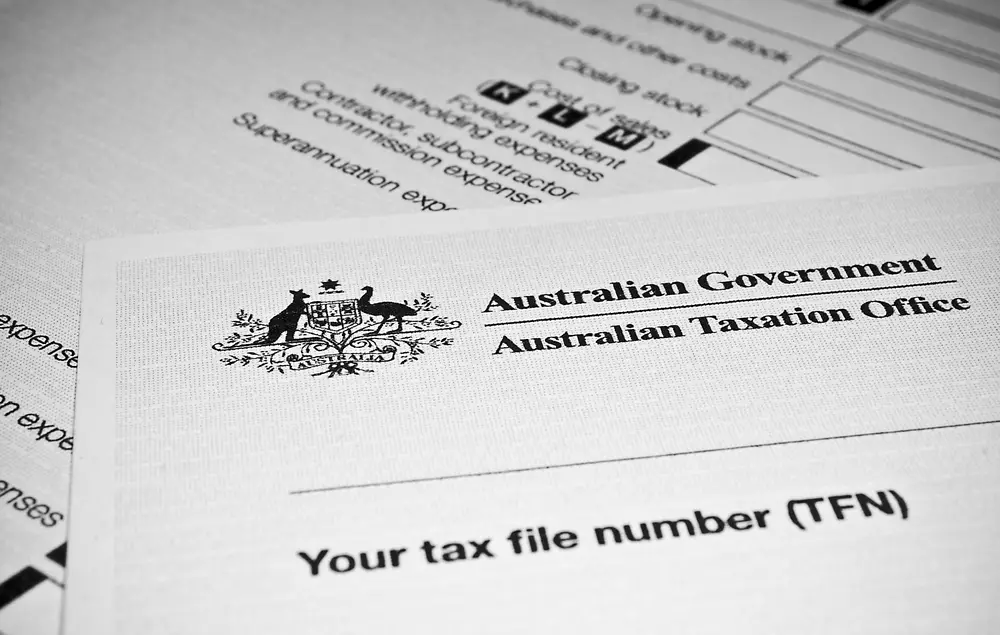
The Australian Taxation Office (ATO) indicates that engaging in property-related activities, such as buying, selling, leasing, or developing property, typically qualifies you as a business or enterprise. Business management requires focusing on your operations and the tax impact of those operations.
The GST margin scheme offers a method to calculate the GST on taxable property transactions within your business activities. Essentially, the sale margin—the difference between the property’s sale price and your initial purchase cost—determines your GST liability if you’re eligible for the margin scheme.
Understanding whether you’re liable for GST or qualify for the margin scheme can be complex. If you’re uncertain about your obligations or eligibility, it’s advisable to seek advice from a property tax expert.
At Westcourt, we bring years of expertise in comprehensively understanding GST regulations to ensure your property investments fully comply with tax laws and fulfil all reporting requirements. Combined with our deep global network, commitment to focusing only on families in business and proven tax leadership across Perth. In that case, we are a natural choice for any property developer. Why not give us a call?
